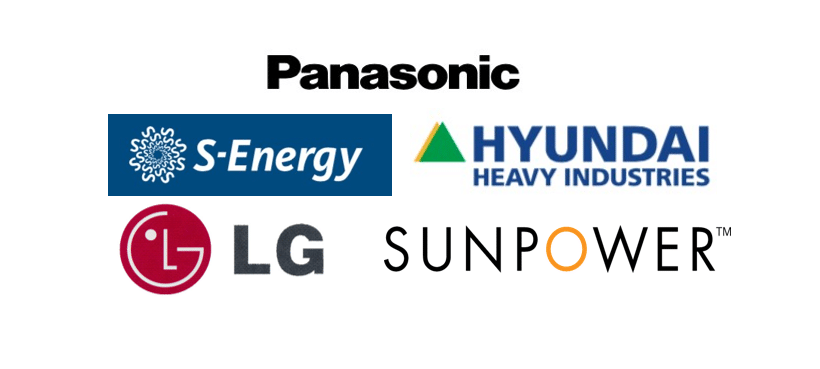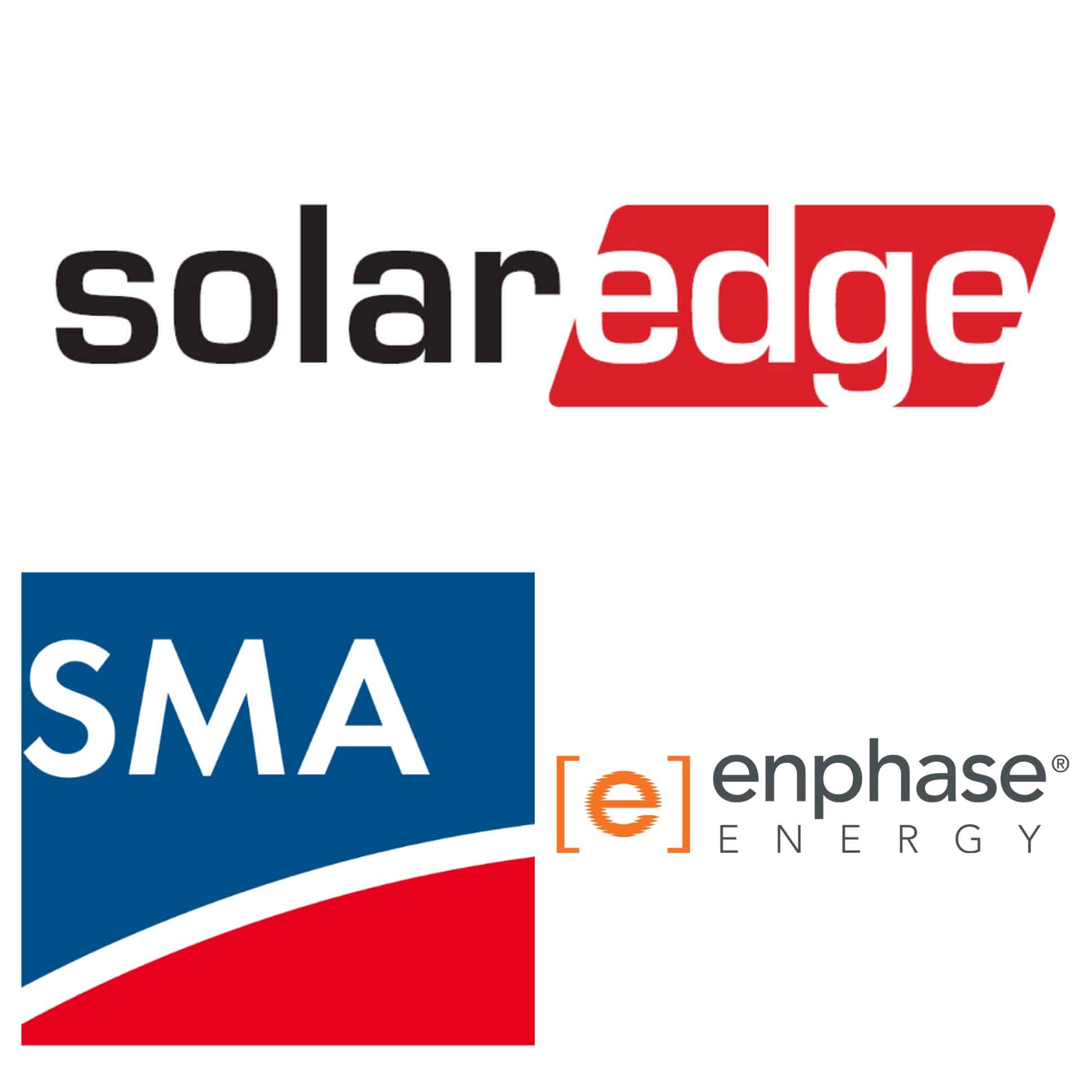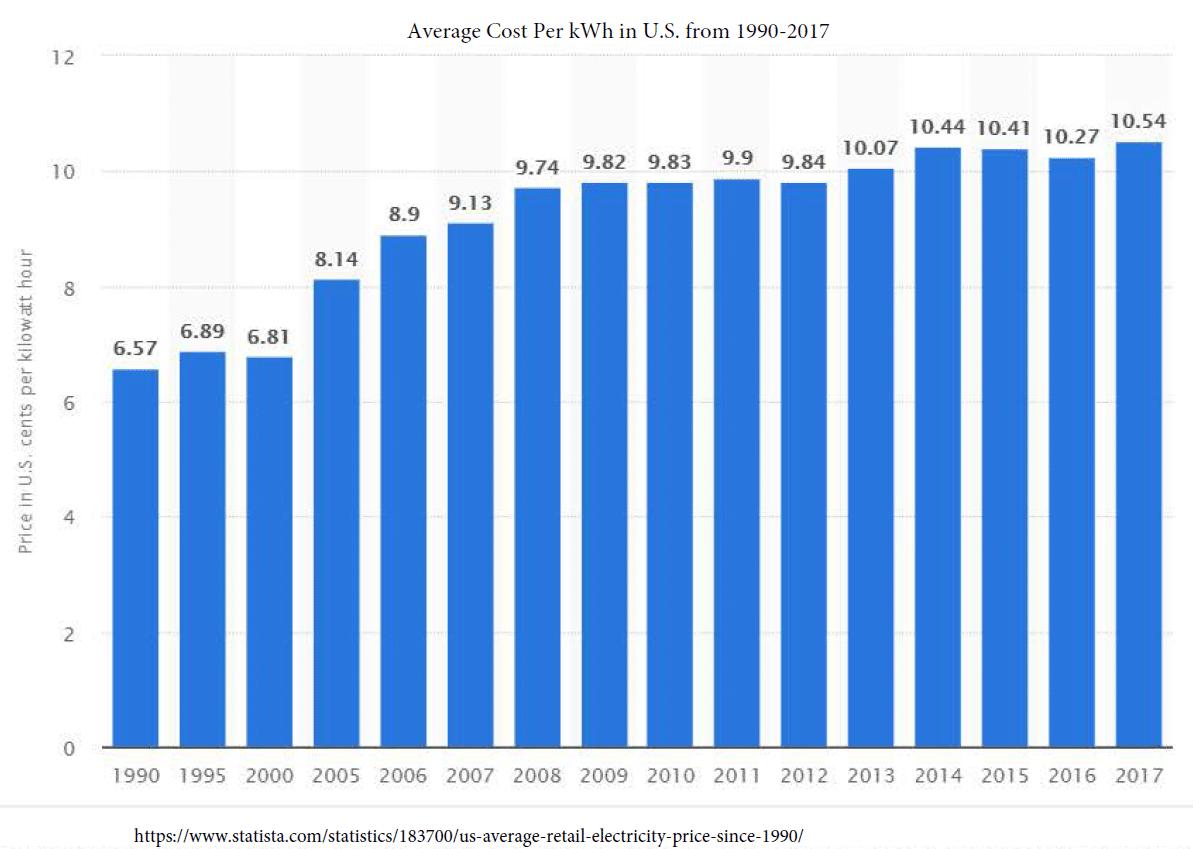At the beginning of 2018 the solar industry was torn because of the tariffs on Asian imported solar panels that President Trump signed into action. The new law placed a tax of roughly 20% on imported panels in an effort to save the failing American solar panel manufacturing industry. Nationwide leaders in the industry were struggling mightily. Suniva filed bankruptcy in March of 2017, with First Solar and Solar World (both American solar manufacturers) claiming to be in bad shape as well. While the tariff was great for solar panel manufacturers in America as they would finally be able to compete with the prices of imported panels, the +250,000 people who worked on the installation/sales side of the industry were not nearly as optimistic. If you owned a business and the main product you purchase was slapped with a government mandated 20% increase in cost, would you be happy?
The fear for these solar installers was that a 20% increase in costs was sure to mean a significant decrease in overall revenue, and along with that the possibility of tens of thousands of jobs disappearing as there was less and less work to do. Many people questioned the President’s motives and intentions for this move, as shortly before these tariffs he had made the controversial decision to pull out of the Paris Climate Agreement, getting rid of self-imposed restrictions on fossil fuel emissions. Some viewed this as Trump putting America first, while others took it as another shot to renewable energy from our current administration, either way I am not here to argue politics. The questions raised by both sides were legitimate. Was the tariff truly necessary and meant to help the homegrown solar industry, or was it in an effort to slow it down? In this article we will dive into these questions as well as discussing whether the tariff has had a tangible effect on my solar company
First let’s dig a little deeper into why tariffs on imported solar panels became a hot topic of debate leading up to this decision. Most of what I have to say on this topic comes from personal experience. I have been selling solar systems since 2013 and while my opinion could very well be wrong, watching this situation play out with American solar manufacturers really made you think something needed to be done. By 2015 I had found some consistent success selling solar. I was selling 5-10 systems each month while working in a very competitive and advanced solar market in Arizona. Running as many as 15-20 appointments a week there were many sales that I would win and some that I would lose as well. Around this time a very common theme began to show up amongst the many solar companies competing for a sale.
Every sale basically came down to one issue, did they want American panels, or Chinese imports, and did they want American panels bad enough to pay thousands more for the same sized system. I have always been one who loved American made products, but it got to the point a few years ago where if I was competing with another company for the sale I literally could not lead with American panels. If I did, my competitors would come in with the same sized system showing the same savings, but by swapping out the American panels for a Chinese import they could charge $5,000-$10,000 less that the price that I quoted.
The Chinese, and other Asian manufacturer imported panels were not always just causing problems. Initially it was these same companies that helped the solar market get to where it did. You see, years ago China began mass producing solar panels and pumping them out in massive quantities, the likes of which had never been seen before. Because of this, the market became flooded, and prices dropped at an astounding rate over the next 10 years. In 2006 an average cost/watt nationwide for solar installs was around $7.00/watt, and now the total cost checks in around $2.5/watt. Chinese manufacturers played a huge role in making solar affordable to the masses, but after the market settled to its sweet spot at a cost of around $4-$3.50/watt we began to see the issues that these low-cost Chinese panels could create.
American Solar Manufacturers: The Struggle is Real
By 2014 we had many different homegrown worldwide players in the solar panel manufacturing industry. Suniva was doing fantastic, they were one of the first major American manufacturers in the U.S to gain notoriety. Spawning from the National Renewable Energy Laboratory based out of Georgia tech, Suniva jumped onto the scene with top of the line products made in America by Americans. Many companies followed right in their footsteps starting in America and rising to a worldwide level such as Solar World, First Solar, and Sunpreme. All of these companies make panels that are of much better all around quality than their imported counterparts. They are more likely to not have warranty claims, they are smaller and lighter while being more aesthetically pleasing as well. These panels truly are superior to imports, when it comes down to it, a 300 watt solar panel is only going to produce a certain amount of power no matter how small, lightweight, or attractive it is. The market got to a point where barely any customers I was coming across were willing to pay the extra $5,000-$10,000 for the slightly improved American models. As this problem grew, many of our homegrown solar manufacturers began taking massive losses. In 2015 Suniva was the leading manufacturer of Solar modules in the United states, and just a year and a half later they had no choice but to file bankruptcy. With all major American Manufacturers having drastic reductions in sales and facing serious challenges, something needed to be done if these companies were ever going to survive
It was at this point when the leading solar panel manufacturers in the country came together and began lobbying for legislation that would improve their situation. These Chinese solar manufacturers were able to sell panels for sometimes less than 50% of the wholesale prices for homegrown panels. When you think about it, a solar panel manufacturer in Texas who has 200 employees working for +$20/hr while ensuring them, giving retirement plans, and making it an attractive place of work has a lot harder of a time keeping their prices lower than their Chinese counterparts who have access to much much cheaper labor. The Industry’s answer to this was to push full force for an import tax on these Asian panels, allowing the American panels to finally have a chance at competing in price.
From a logical point of view, I think this argument made a lot of sense. It became obvious that every homegrown solar manufacture would eventually have to close its doors, and I don’t like the idea of hardworking American’s being out of work because we can’t compete with China. When it comes down to it, the solar panels themselves only account for about 25% of the total system cost. Below is a basic breakdown of costs for a solar installation:
Solar Installation Cost Breakdown
25% panels 15% Inverter 10% Power Optimizers 20% installation
10% mounting 10% electrical 10% design/permitting
Now consider a company eating a 20% increase in price on a product that accounts for 25% of their total costs. That equals about a 5% increase in the total costs. As I said earlier, no business owner enjoys seeing a government mandated 20% increase in costs, but you would only have to upcharge 5% to recoup your loss. When looking at long term savings of solar, this 5% increase is not even close to being a deal breaker. In the short term I can probably say I would have preferred this tariff to have never been passed, but when I look at the situation as a whole I acknowledge the fact that this was something that had to be done. There was a lot of backlash as this debate was taking place, with most of it coming from within the solar industry itself. It is counterintuitive to think that increasing the cost of solar could actually help the market overall in the U.S. This move not only would save solar manufacturer’s, but also save the workers whose jobs were in jeopardy. It was my opinion from the get go that the pro’s outweighed the cons in favor of the solar tariff. To me it came down to comparing the difficulty that major American solar manufacturers were having, to the difficulty that would arise for solar installers if they in fact did have to eat a 5% cost. In the end, with American panels being more than double the cost of their competition, I felt that the tariff would fix this problem without causing too much collateral damage for Solar Installers like myself.
Tangible Effects Thus Far From The Solar Tarrif:
Here we are 6 months after the tariffs have been passed and to be 100% honest my company has not really felt their effects at all. At Pure Power Solar we stay away from generic Chinese modules, but we offer many different options from American made Solar world, to imports such Panasonic, Hyundai, and S-energy (Samsung) which are subjected to the tariff. My suppliers warned me that prices would be increasing at the beginning of the year, but nothing has really changed. Many companies are beginning to come to America planning to manufacture them here and avoid the import tax, which is great for the industry. Suppliers also stacked up on inventory as much as they possibly could before the tariff passed to push back its effects. At the end of the day, when these effects start to show, myself, the customer, and my supplier will end up each taking a hit and spreading out the 5% price increase over all 3 parties which will minimize its effects making them negligible.
Thus far, we have been able to track a real loss of business in the industry because of the tariffs, but it is not drastic. The only jobs that have been canceled solely because of the tariff were very large utility scale solar farms that were banking on using dirt cheap Chinese panels to make the numbers work. I am not too concerned with giant solar jobs myself, as long as homeowner’s can still get rid of their energy bill, and American companies are winning, I am a happy camper. There may not be a right and wrong side to this argument, as both parties have valid points, but in my opinion the solar tariff was a necessary move with the long term benefits outweighing the short term consequences.
Nick Hartnett
5023561806
Call/Email For Free Quote


